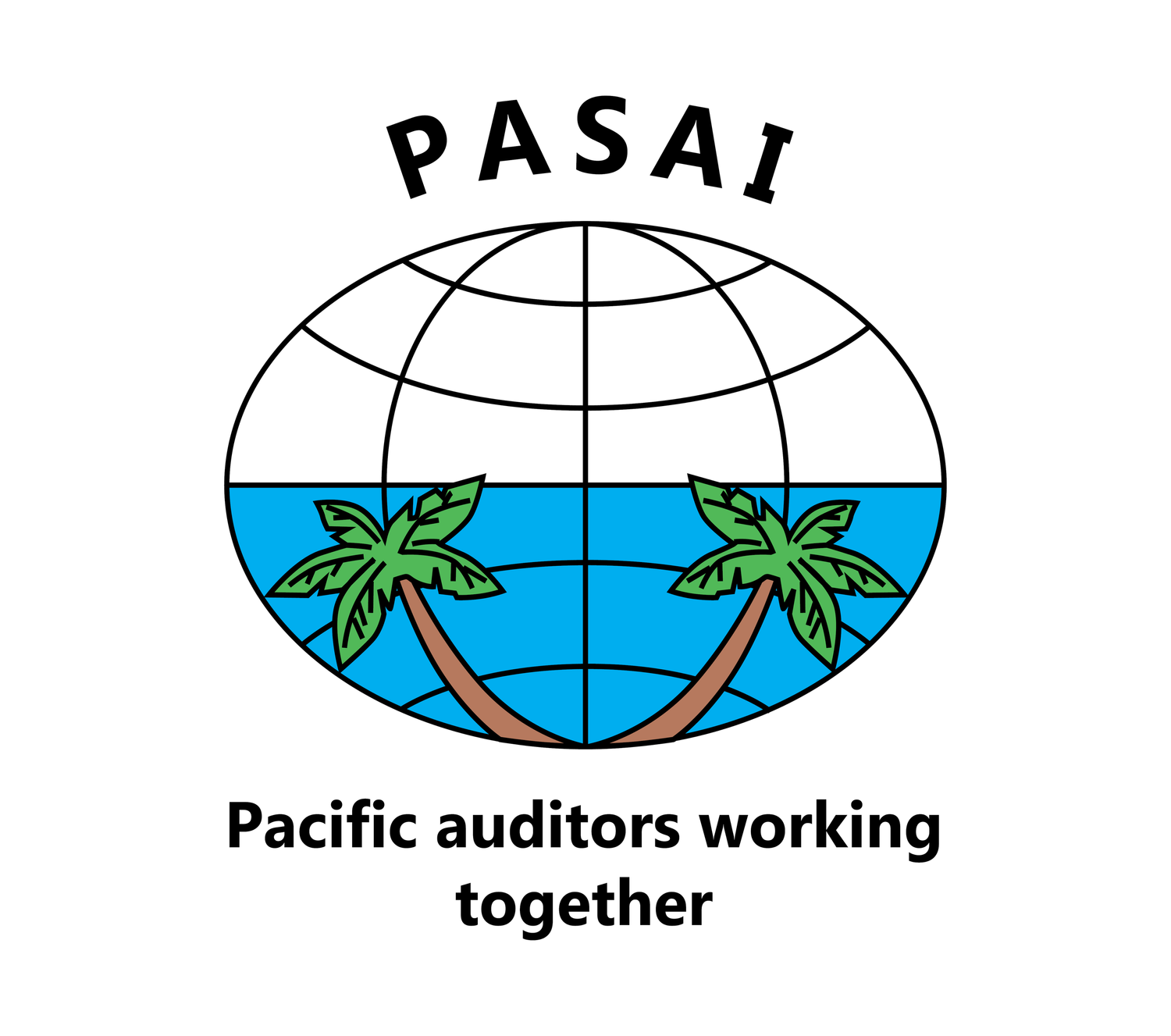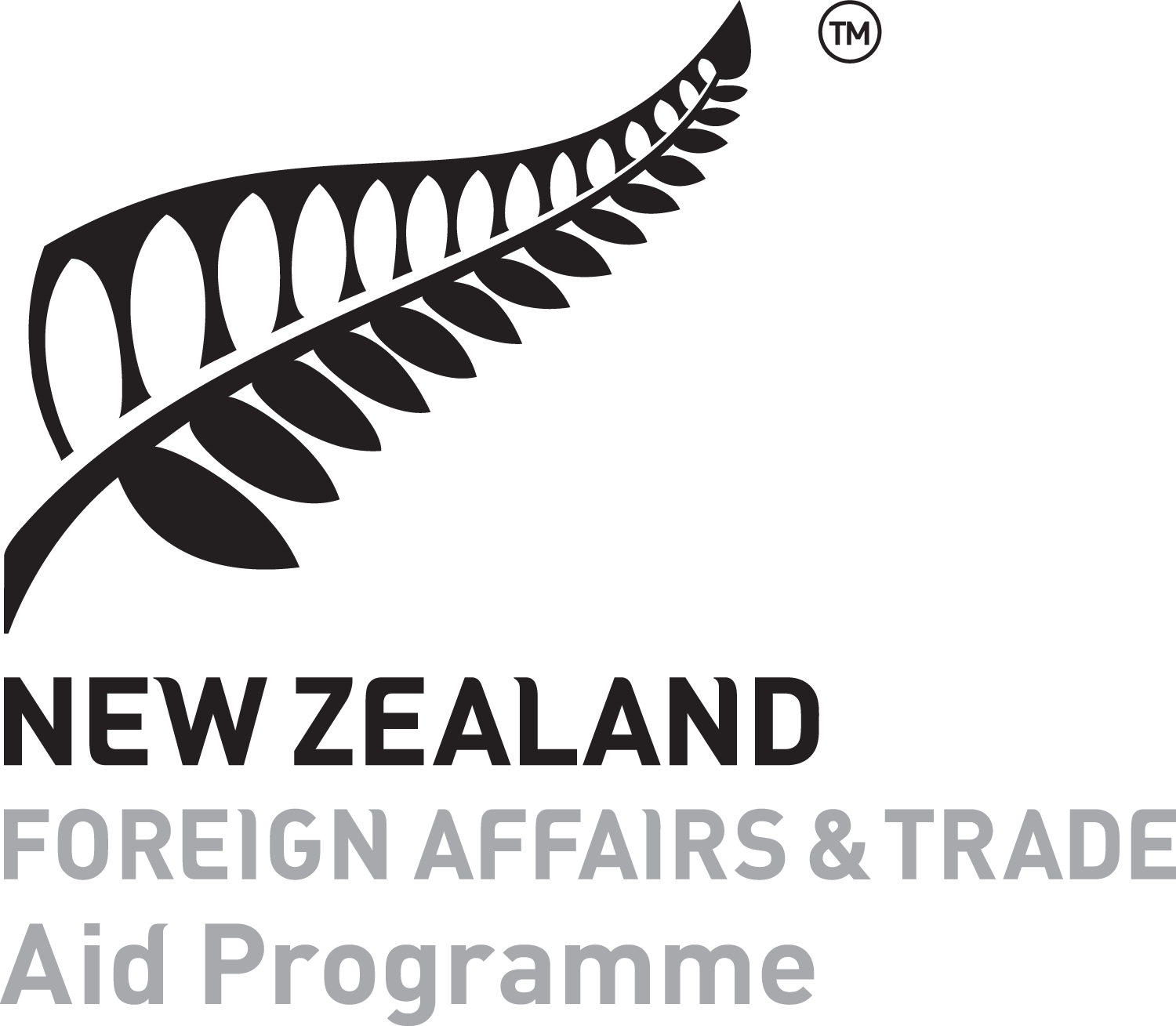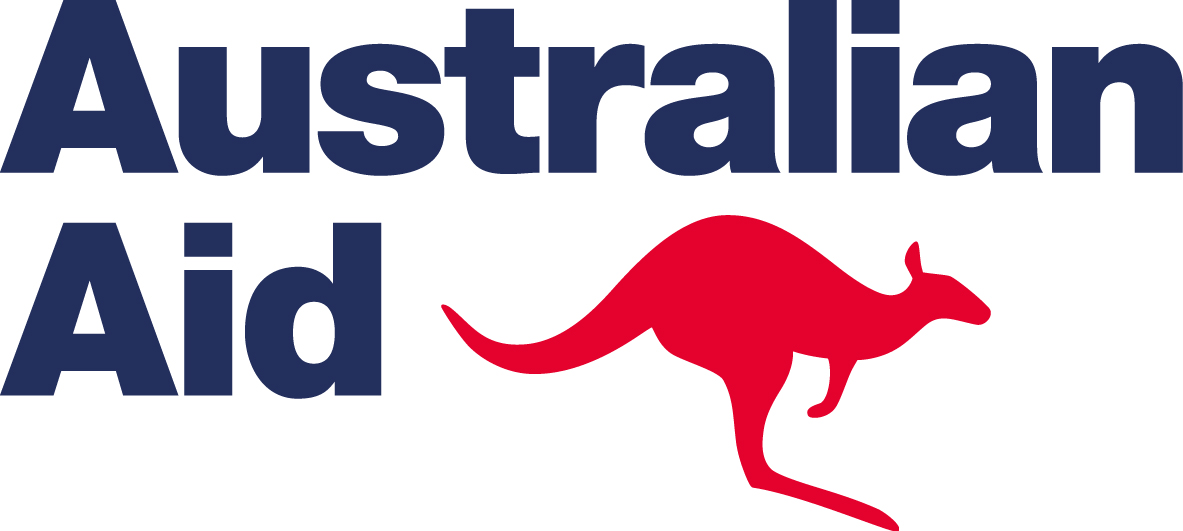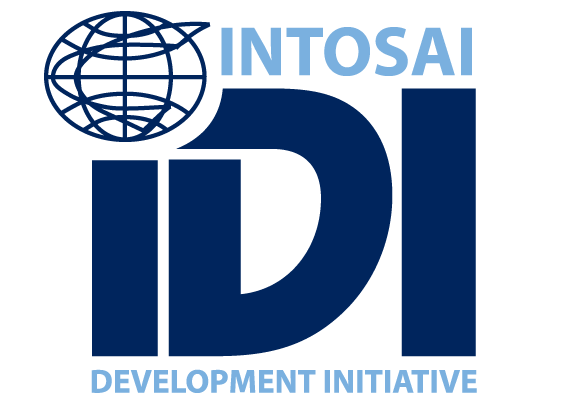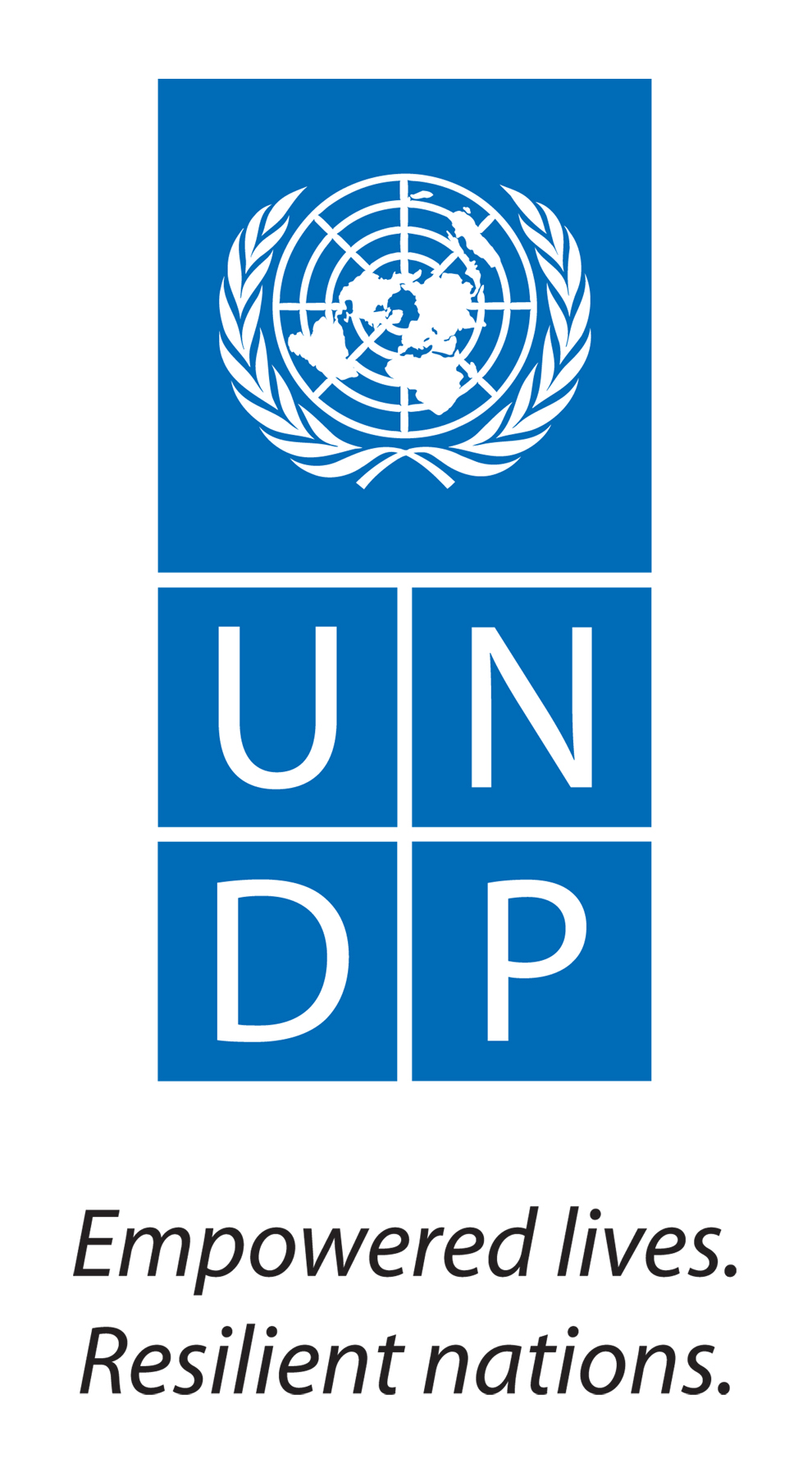By Annie Subactagin-Matto, Director – Monitoring, Evaluation and Reporting, PASAI
Gender equality and inclusion is key to achieving positive economic and social outcomes for nations and communities. In recent years progress has been made to reduce the gender gap and create equal employment opportunities and outcomes for women and men, in line with the United Nations Sustainable Development Goal 5: ‘Achieve Gender Equality’ in the 2030 Agenda for Sustainable Development.
In the Pacific region, the Pacific Leaders Gender Equality Declaration 2012 underlines collective national and regional leadership commitment to lift the status of women in the Pacific and empower them to participate fully in economic, political and social life. Other notable regional commitments to implement gender equality include the Convention for the Elimination of All Forms of Discrimination against Women (CEDAW), the Millennium Development Goals (MDGs), the Revised Pacific Platform for Action on Advancement of Women and Gender Equality (2005 to 2015), the Pacific Plan, and the 42nd Pacific Island Forum commitment to increase the representation of women in legislatures and decision making.
The COVID-19 pandemic has exacerbated gender inequalities with negative economic, health and social impacts on women, girls and other marginalized populations. To ensure that momentum towards achieving greater gender equality is maintained, public and private sector entities are encouraged to adopt a strategic approach to mitigate this risk and achieve a thriving and inclusive society.
Supreme Audit Institutions (SAIs) play a critical role in promoting gender equality in the public sector by role modelling relevant strategies, policies and practices, and by creating an awareness of the importance of gender equality through their audit work and recommendations. SAIs can create and promote a diverse, gender-balanced and inclusive workplace by identifying gender equality as a strategic priority and building inclusive internal practices that lead to gender equality in an organisation.
In addition to aligning strategic planning and priorities with overarching whole-of-government gender policy, SAIs may consider the following action points to promote gender equality and inclusiveness in their organisation by applying a gender lens to the following aspects of ongoing management practice:
1. Strategic planning
Identify gender as a key strategic theme in the SAI’s long-term strategic plan. This will have a positive flow-on impact on SAI internal governance policies and practices, and will influence the identification and selection of audit topics with a focus on gender equality.
Develop a gender strategy to promote a fair, inclusive and merit-based work environment. An effective gender strategy can be based on a root-and-branch survey of a SAI’s current gender metrics - including existing diversity, the potential for women and men to receive training and progress to senior and leadership positions, the inclusiveness of the working environment and retention rates filtered by gender.
Update existing HR strategy to include equal employment opportunities for recruitment, training, progression and leadership opportunities.
2. Operational planning and management
Develop an operational plan that includes activities to promote gender equality.
Review current operational practices to identify existing barriers to the equal participation and advancement of women within the SAI.
Design an action plan to address barriers to equality and inclusion in the workplace and in the community.
Review and update existing policies to promote gender equality.
Develop a gender-responsive budget by allocating adequate resources towards internal projects and interventions designed to promote and increase gender equality and inclusion.
3. Monitoring, evaluation and reporting
Collect disaggregated gender data and use gender-based analysis (GBA) to monitor, evaluate and improve the effectiveness of SAI policies and initiatives aimed at reducing gender inequality.
Ensure top-down management commitment and establish mentors and champions to model and promote gender equality and inclusiveness, and to ensure that the established gender strategy is being operationalised and implemented.
Develop appropriate internal and external communications and messaging to promote an inclusive and supportive work environment
Report on gender issues and indicators in the SAI Annual Report to Parliament.
Impactful SAI policies and practices can result in gender equality at all levels within the SAI (including senior management), increased productivity and the recruitment and retention of top talent.
Auditing Gender Issues
Once gender equality has been established as a long-term strategic theme, SAIs can include gender as part of its audit program and progress with assessing gender issues as a part of performance audits in different sectors. SAIs may also consider adopting a gender lens in financial and compliance audits – such as auditing budget allocation towards programs and initiatives promoting gender equality (e.g. programs promoting women’s participation in business, education and community development).
The decision to undertake gender performance audits may present the need to balance and manage existing audit priorities and SAI capability. This may be especially relevant for SAIs with a small staff size and limited capability. During the audit selection and planning process, due consideration must be given to whether audit team members have sufficient subject matter expertise to conduct the audit, in the absence of which an expert may be engaged to plan and conduct the audit.
Our next blog will focus on key considerations and best practice to conduct a gender-focused Performance Audit. In the interim we would like to draw your attention to a recent Performance Audit by SAI Fiji focusing on the effectiveness of the implementation of the Women’s Plan of Action. A special focus has been placed on the thematic area of ‘Elimination of Violence against Women’ to assess progress towards the commitment made by the Fiji Ministry of Women, Children & Poverty Alleviation to reduce violence against women – available here: http://www.oag.gov.fj/reports-to-parliament/
What’s next?
Stay tuned to read more about the following topics forthcoming in our blog series:
Gender performance audit: key considerations and best practice.
Environmental audit.
Building resilience: managing productivity and staff wellbeing in a remote working environment.
Upskilling for the future: what capabilities do auditors need in an era of AI and digitisation?
We welcome your feedback and look forward to hearing about other priority topic areas of interest. Please email: secretariat@pasai.org
---------------------------------------------------------------------------------------------------------------------------
The Pacific Association of Supreme Audit Institutions (PASAI) is the official association of supreme audit institutions (SAIs) in the Pacific region, and a regional organisation of INTOSAI and promotes transparent, accountable, effective and efficient use of public sector resources in the Pacific. It contributes to that goal by helping its member SAIs improve the quality of public sector auditing in the Pacific to recognised high standards. Due to the global coronavirus pandemic (COVID19), this has restricted PASAI’s delivery of our programs to our Pacific members and in lieu of this PASAI will be providing a series of blogs on various topics that may help auditors think about some implications to service delivery as a result of COVID19.
For more information about PASAI refer www.pasai.org

